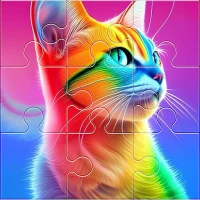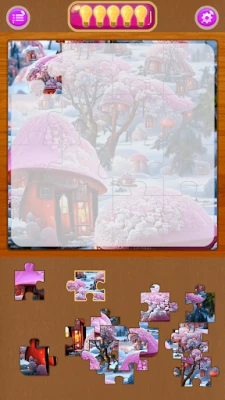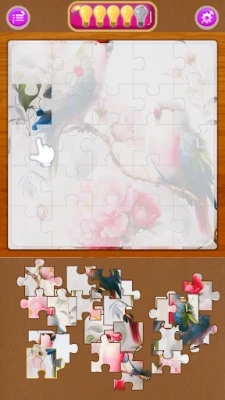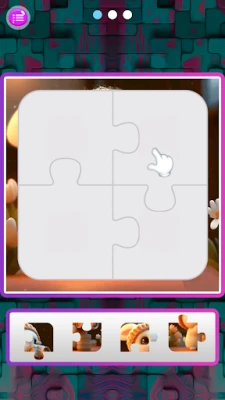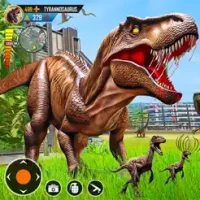
Latest Version
1.2.6
February 04, 2025
dingguo.cc
Games
Android
0
Free
com.puzzle.kids.free.puzzle
Report a Problem
More About Jigsaw Puzzles
The Incredible Benefits of Puzzle Games for All Ages
Puzzle games are not just a source of entertainment; they are a treasure trove of developmental benefits for individuals of all ages. Engaging in these brain-building activities enhances cognitive abilities, fine motor skills, and problem-solving capabilities. Moreover, puzzles provide an excellent opportunity for quality family time, allowing participants to feel a sense of accomplishment upon completion. They also serve as an interactive medium for teaching essential concepts such as colors, letters, numbers, shapes, and animals.
Types of Puzzles for Different Age Groups
When it comes to puzzles, there is a wide variety tailored to different age groups. For instance, one-year-olds can enjoy large, simple wooden puzzles designed with oversized pieces that fit easily into corresponding cutouts. These puzzles not only captivate young minds but also lay the groundwork for more complex problem-solving skills as they grow.
Progressing to Advanced Puzzles
As children develop, they can transition to more intricate puzzles featuring pieces of varying sizes and configurations. This progression is crucial for enhancing their cognitive skills and fine motor abilities. While younger children may initially be tempted to explore puzzles by putting pieces in their mouths, this is a natural part of their learning process. With practice, they will improve their hand-eye coordination and develop a better understanding of how to manipulate puzzle pieces effectively.
The Importance of Patience in Puzzle Play
It’s essential for caregivers to exercise patience during puzzle play. While it may be tempting to step in and assist, allowing children to navigate challenges independently fosters their problem-solving skills. The joy of figuring things out on their own is a significant part of the learning experience. During early childhood, tactile and sensory experiences are vital, as they help children understand size differentiation and object recognition.
Enhancing Cognitive Skills Through Puzzles
Puzzles are more than just a fun activity; they are instrumental in enhancing cognitive skills. As children engage with puzzles, they learn to recognize patterns, develop spatial awareness, and improve their memory. These skills are foundational for academic success and everyday problem-solving. The act of fitting pieces together requires critical thinking and strategic planning, which are essential skills in both educational and real-world settings.
Fine Motor Skills Development
In addition to cognitive benefits, puzzles significantly contribute to the development of fine motor skills. Manipulating puzzle pieces helps strengthen the small muscles in a child's hands and fingers, which is crucial for tasks such as writing, buttoning clothes, and using utensils. The repetitive motion of picking up, turning, and placing pieces enhances dexterity and coordination.
Fostering Cooperative Play
Puzzles also encourage cooperative play, making them an excellent choice for family activities. When multiple players work together to complete a puzzle, they learn valuable social skills such as communication, teamwork, and patience. This collaborative effort not only strengthens relationships but also teaches children how to share ideas and respect differing opinions.
Interactive Learning with Puzzles
One of the most appealing aspects of puzzles is their ability to serve as interactive learning tools. Parents and educators can use puzzles to introduce and reinforce various concepts. For example, puzzles featuring animals can spark discussions about wildlife, while those with numbers can aid in early math skills. This interactive approach makes learning enjoyable and memorable, fostering a love for education from a young age.
Conclusion: The Lasting Impact of Puzzle Games
In conclusion, puzzle games offer a multitude of benefits that extend far beyond mere entertainment. They are essential tools for cognitive development, fine motor skill enhancement, and social interaction. By incorporating puzzles into playtime, families can create enriching experiences that promote learning and growth. Whether you are introducing a simple wooden puzzle to a toddler or challenging an older child with a complex jigsaw, the impact of these activities will last a lifetime. So gather your family, choose a puzzle, and enjoy the countless benefits that come with this timeless pastime.
Rate the App
User Reviews
Popular Apps










Editor's Choice










